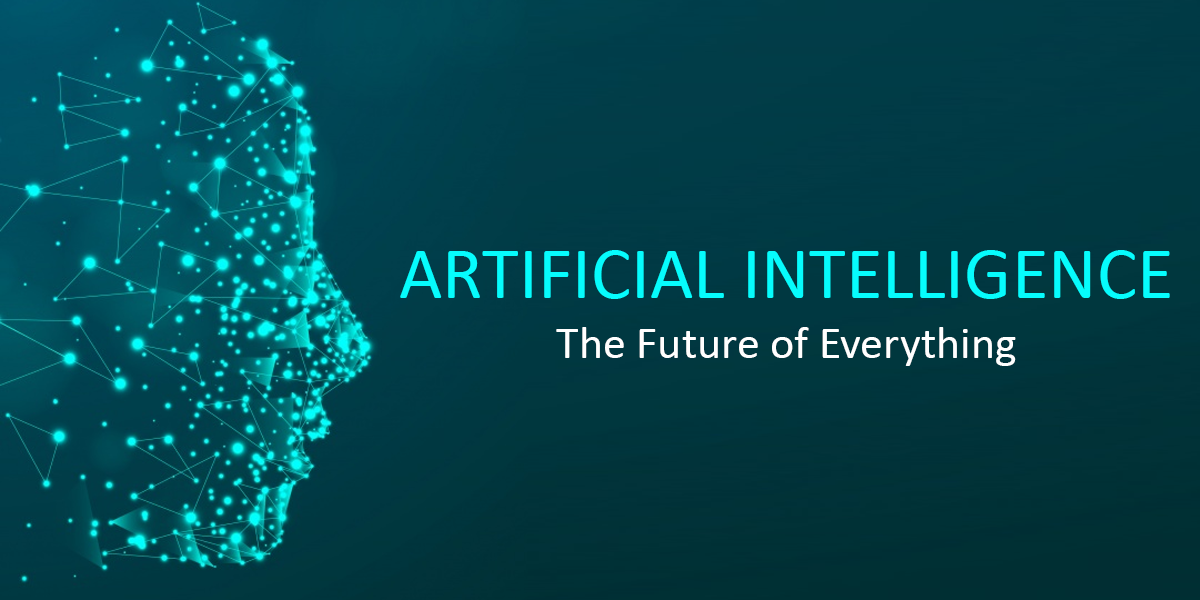What is Artificial Intelligence? Last Invention of Human
We have now explained why AI is exciting, but we have not said what it is. We could just say, "Well, it has to do with smart programs, so let's get on and write some." But the history of science shows that it is helpful to aim at the right goals.
Early alchemists, looking for a potion for eternal life and a method to turn lead into gold, were probably off on the wrong foot. Only when the aim ; changed, to that of finding explicit theories that gave accurate predictions of the terrestrial world, j in the same way that early astronomy predicted the apparent motions of the stars and planets, i could the scientific method emerge and productive science take place.
These definitions vary along two main dimensions. The ones on top are concerned with thought processes and reasoning, whereas the ones on the bottom address behavior. Also,! the definitions on the left measure success in terms of human performance, whereas the ones 1 on the right measure against an ideal concept of intelligence, which we will call rationality.
A! system is rational if it does the right thing. This gives us four possible goals to pursue in artificial j intelligence. Historically, all four approaches have been followed. As one might expect, a tension existsl between approaches centered around humans and approaches centered around rationality.2 A! human-centered approach must be an empirical science, involving hypothesis and experimental confirmation. A rationalist approach involves a combination of mathematics and engineering. People in each group sometimes cast aspersions on work done in the other groups, but the truth is that each direction has yielded valuable insights.



No comments: